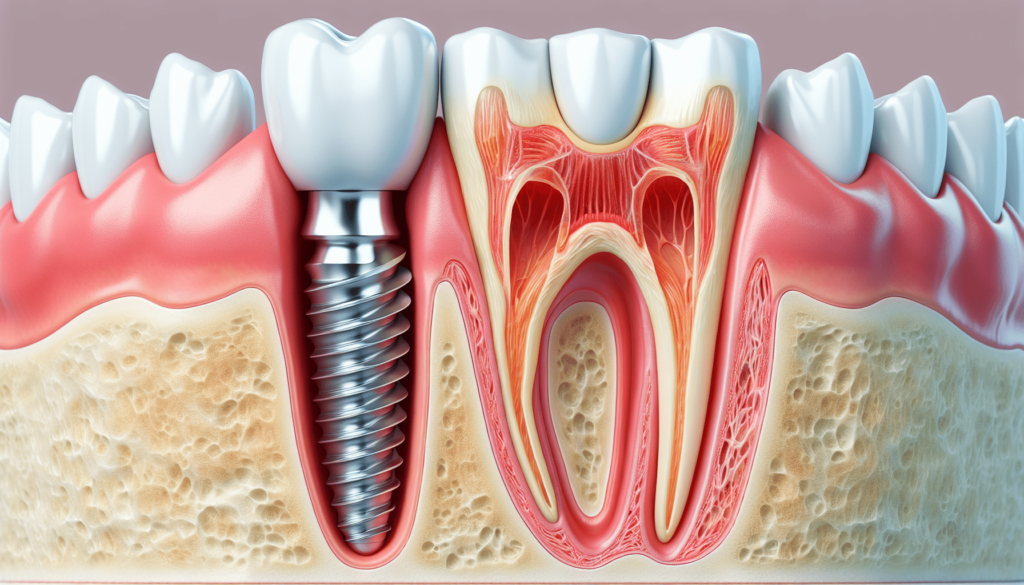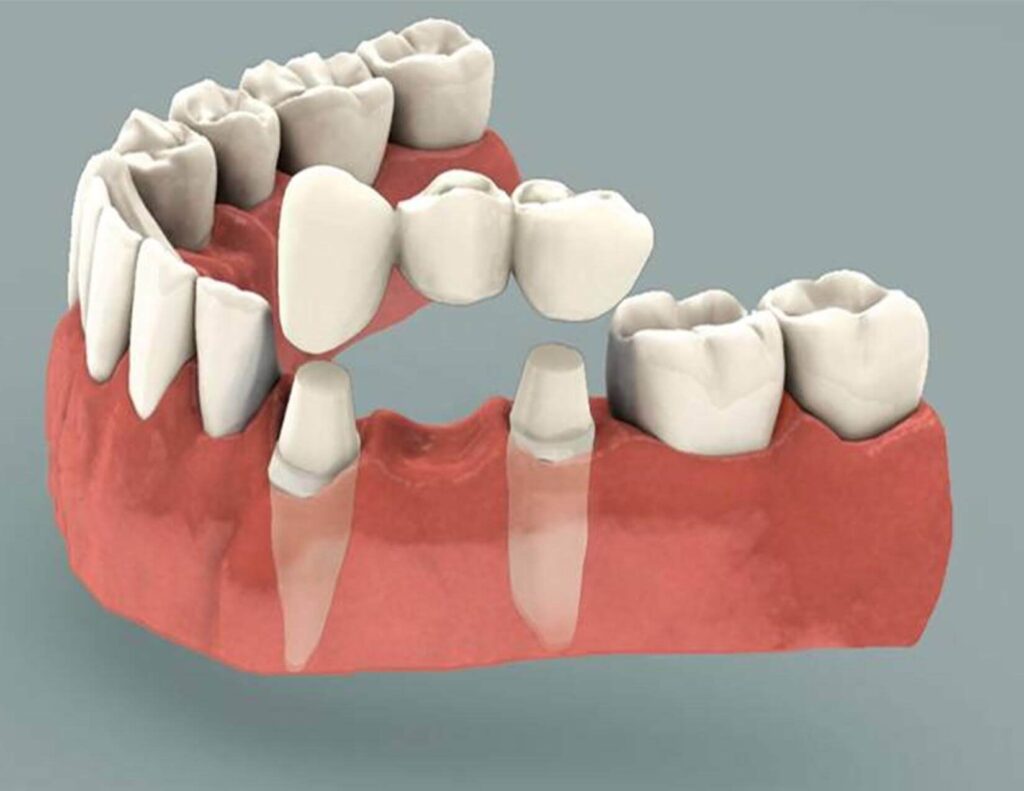Dental implants offer a durable and aesthetic solution for tooth loss. They are essentially artificial tooth roots, typically made of titanium, which are surgically inserted into the jawbone. Once in place, they provide a stable foundation for attaching artificial teeth, such as crowns or bridges. This not only restores the functionality of natural teeth but also significantly enhances one’s appearance and confidence.
In the UK, dental implants to the likes of the ones provided at https://marylebonesmileclinic.co.uk/dental-implants-london/dental-implants-with-gum-disease/, are increasingly sought after due to their long-term benefits.
Unlike dentures, implants do not slip or cause discomfort, and they help in preserving the jawbone’s integrity by preventing bone loss. However, the success of dental implants heavily depends on the health of the surrounding bone and gum tissue, making the presence of gum disease a critical factor to consider.
The Relationship Between Gum Disease and Dental Implants

Gum disease, or periodontal disease, is a common dental issue that affects the tissues surrounding and supporting the teeth. It begins as gingivitis, characterized by inflammation and bleeding of the gums, and can progress to periodontitis, which involves the destruction of the supporting bone structure. Severe gum disease can lead to tooth loss, and it poses significant challenges for those seeking dental implants.
The primary concern with gum disease is its impact on the bone and tissue that support the implant. For a dental implant to be successful, it requires a solid foundation of healthy bone and gum tissue. Gum disease can erode these tissues, making it difficult, if not impossible, to place an implant without prior treatment.
Treating Gum Disease: A Prerequisite for Dental Implants
Before considering dental implants, it is crucial to address any existing gum disease. The first step in treating gum disease involves professional dental cleaning to remove plaque and tartar from above and below the gum line. In more severe cases, scaling and root planing may be necessary to deep-clean the tooth roots and help the gums reattach to the teeth.
Where gum disease has resulted in a substantial loss of bone, further treatments including bone grafting could be necessary. Transplanting bone material to the afflicted region stimulates bone growth and offers a solid basis for the implant during bone grafting. Because the graft must have time to fuse with the surrounding bone, this procedure can take several months.
Can You Get Dental Implants with Active Gum Disease?

One of the most frequently asked questions is whether dental implants can be placed in the presence of active gum disease. The straightforward answer is no.
Active gum disease needs to be fully treated and under control before any implant procedure can be considered. This is because the ongoing infection and inflammation associated with gum disease can compromise the healing process and lead to implant failure.
Once the gum disease is treated and stabilized, a thorough assessment by a dental professional is necessary to evaluate the condition of the jawbone and gum tissue. This may involve X-rays and 3D imaging to determine the extent of bone loss and to plan the placement of the implants accurately.
The Implant Procedure: What to Expect
The process of getting dental implants involves several stages, each crucial for ensuring the longevity and success of the implant. After treating gum disease and any necessary preparatory procedures like bone grafting, the implant placement can begin.
Consultation and Planning: The first step is a detailed consultation with a dentist, who will assess your dental health, take necessary imaging, and plan the implant procedure. This includes determining the number of implants needed and their placement.
Implant Placement: The next step involves surgically placing the implant into the jawbone. This is typically done under local anesthesia, and sedation options are available for those who feel anxious about the procedure. The implant is then left to integrate with the bone in a process known as osseointegration, which can take several months.
Abutment Placement: Once the implant has integrated with the bone, an abutment is attached. The abutment acts as a connector between the implant and the artificial tooth.
Crown Placement: The crown—or artificial tooth—is next fastened to the abutment. Your natural teeth will be matched in size, shape, and colour by this crown, guaranteeing a smooth and realistic smile.
Aftercare and Maintenance
Proper aftercare is essential for the long-term success of dental implants, particularly for individuals who have had gum disease.
Maintaining good oral hygiene is paramount to prevent the recurrence of gum disease and to protect the implant. This includes regular brushing and flossing, as well as routine dental check-ups and cleanings.
It is also important to avoid habits that can damage the implant or surrounding tissues, such as smoking or chewing hard foods. Smoking, in particular, can impair healing and increase the risk of implant failure.
Alternatives to Dental Implants

For some individuals, dental implants may not be a viable option due to extensive bone loss or other health considerations. In such cases, alternative treatments can be considered. These may include:
Dentures: While not as stable as implants, modern dentures can provide a satisfactory replacement for missing teeth. They are custom-fitted and can be either partial or complete, depending on the extent of tooth loss.
Dental Bridges: Bridges can replace one or more missing teeth by anchoring artificial teeth to adjacent natural teeth. This can be a good alternative for those who are not candidates for implants.
Removable Partial Dentures: These are similar to full dentures but are designed to replace only a few missing teeth. They are less invasive and can be an interim solution while considering more permanent options.
Conclusion
Dental implants offer a remarkable solution for tooth loss, providing both functional and aesthetic benefits. However, for individuals with gum disease, addressing the underlying periodontal issues is a crucial first step.
With proper treatment and care, many people can successfully receive dental implants and enjoy the benefits of a restored smile. If you are considering dental implants and have concerns about gum disease, it is essential to consult with a dental professional who can guide you through the process and ensure the best possible outcome.

